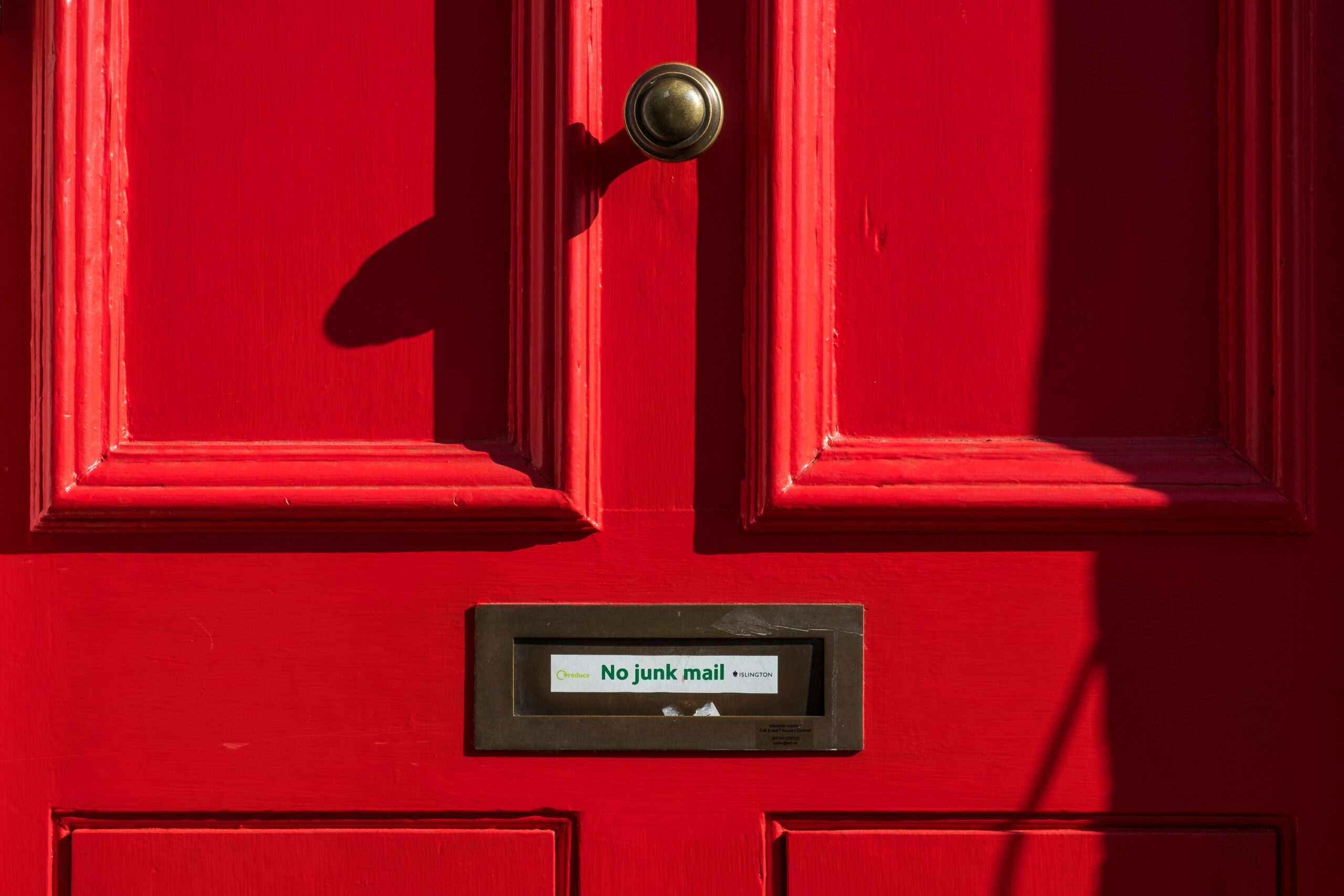Should You Still Send Plain-Text Versions of Your Emails?
To shed light on the relevance of plain-text emails in today’s digital age, we asked eight professionals, including marketing managers and founders, to share their insights. From the potential resurgence of plain-text emails to how the recipient and purpose guide email style, discover the diverse perspectives on this topic.
- Potential Resurgence of Plain-Text Emails
- Authenticity Through Plain-Text Emails
- Deliverability and Accessibility as Plain-Text’s Strengths
- Enhancing Deliverability and Authenticity
- Accessibility Advocacy in Plain-Text Emails
- Audience and Goals Determine Email Format
- Legal and Ethical Imperatives for Plain-Text
- Recipient and Purpose Guide Email Style
Potential Resurgence of Plain-Text Emails
Email marketing platforms typically include a text version with every HTML sent, with no additional effort required. However, the question arises—is the plain-text version seen and used? Likely not, which may lead to platforms discontinuing this feature.
Consider the “view online” text link found at the top of many emails. Initially, this was included so recipients could read their email online if it wasn’t rendering correctly in their email client. Over time, it became almost obsolete as reports showed minimal clicks.
However, with the rise of mobile device usage for reading emails, these links experienced a resurgence in clicks.
Could a similar trend occur with plain-text emails? It’s uncertain. But for now, there’s no compelling reason to stop including them with your HTML versions.
Jeanne Jennings
Email Marketing Strategy, Consultant, Trainer, Speaker, and Published Author, Email Optimization Shop
Authenticity Through Plain-Text Emails
There are technical reasons for choosing plain-text emails over HTML-based ones, but there is also a psychological rationale to consider.
In today’s saturated landscape of sales and marketing emails, where graphics and HTML formatting are ubiquitous, a plain-text email, accompanied by compelling copy, can create a more authentic and personalized experience for the recipient.
Our minds have developed an association between heavy graphics and excessive formatting with advertisements, whether encountered on websites, through direct mail, or in email promotions. As a result, a plain-text email stands out from the crowd, presenting a more human touch that resonates with the recipient on a deeper level.
Nikhil Prasad
Marketing Manager, Fello
Deliverability and Accessibility as Plain-Text’s Strengths
Absolutely, sending plain-text versions of emails is a must, as deliverability is an enormous factor. Many corporate email filters suspect HTML-heavy emails and push them straight to the spam or promotions folder.
Plain-text emails have a better chance of bypassing these filters, so your message lands directly in the recipient’s primary inbox. We also have to think of accessibility. Visually impaired recipients might use screen readers, which work best with plain-text content.
Jon Mazza
Head of Marketing, DealPad
Enhancing Deliverability and Authenticity
Yes, plain-text versions of your emails should still be sent alongside HTML versions. Plain-text emails tend to bypass spam filters more often, increasing the chances of reaching the recipient’s inbox.
By including both versions, a wider audience is catered to, deliverability is improved, and the professionalism and authenticity of your communication is enhanced.
Jorie Wisnefski
Marketing Manager, Urban Machine
Accessibility Advocacy in Plain-Text Emails
For accessibility, it is recommended to still send the plain-text version of emails. HTML emails may not be as clear to the recipient for various reasons, such as device settings or user preferences.
In addition, plain text is a more inclusive form of email. Some visually impaired individuals use screen tools to aid them in reading messages. Communicating to attain understanding is the goal. If email is the available tool presented, then all possible ways to make it effective must be tried.
 Tristan Harris
Tristan Harris
Demand Generation Senior Marketing Manager, Thrive Digital Marketing Agency
Audience and Goals Determine Email Format
It really comes down to your goals and audience. For example, if you’re an e-commerce business, your audience needs to see visuals of what you’re selling, so sending plain-text emails would be a bad move. But if you’re offering some kind of personalized service or sharing industry insights, plain text works just fine.
In fact, it works better because you want to talk and act like a human and not as a commercial brand. We’ve seen impressive results with plain text because our content has fewer bells and whistles and more authenticity, so it helps us stay true to our brand.
 Ewen Finser
Ewen Finser
Founder, The Digital Merchant
Legal and Ethical Imperatives for Plain-Text
The answer is a resounding yes—including plain-text versions is still crucial. When considering the accessibility of your emails, plain-text versions play a vital role. Not all recipients use email clients that support HTML formatting, and some individuals rely on assistive technologies like screen readers to consume content.
By sending a plain-text version alongside your HTML version, you ensure that your message is accessible to everyone, regardless of the technology they use or any visual impairments they might have.
Accessibility is not only a matter of ethical responsibility but also a legal requirement in many regions. Laws like the Americans with Disabilities Act (ADA) in the United States emphasize the need for digital content, including emails, to be accessible to individuals with disabilities. Failure to comply with these regulations could result in legal consequences for businesses and organizations.
 Harsh Verma
Harsh Verma
SEO Head, CodeDesign
Recipient and Purpose Guide Email Style
Deciding this depends on who your email is going to and why you’re sending it!
Plain-text emails are great for cold outreach and any other email where your goal is to be personable and direct. On the other hand, if you’re looking to send out drip campaigns or promotions, a more visually appealing email is what we recommend.
Both plain and rich-text emails have a great place in marketing and e-commerce business management. Another easy way to determine which email style to use is to consider the sender: a corporation/brand or an individual?
If your email would perform best coming from an individual, plain-text is the better choice. If it would perform best coming from a brand, then a rich, polished email design is the better choice!
 Chelsea Evans-Flower
Chelsea Evans-Flower
Owner, Scott Social
Submit Your Answer
Would you like to submit an alternate answer to the question, “Should You Still Send Plain-Text Versions of Your Emails? Elaborate on one specific reason why or why not?”









































